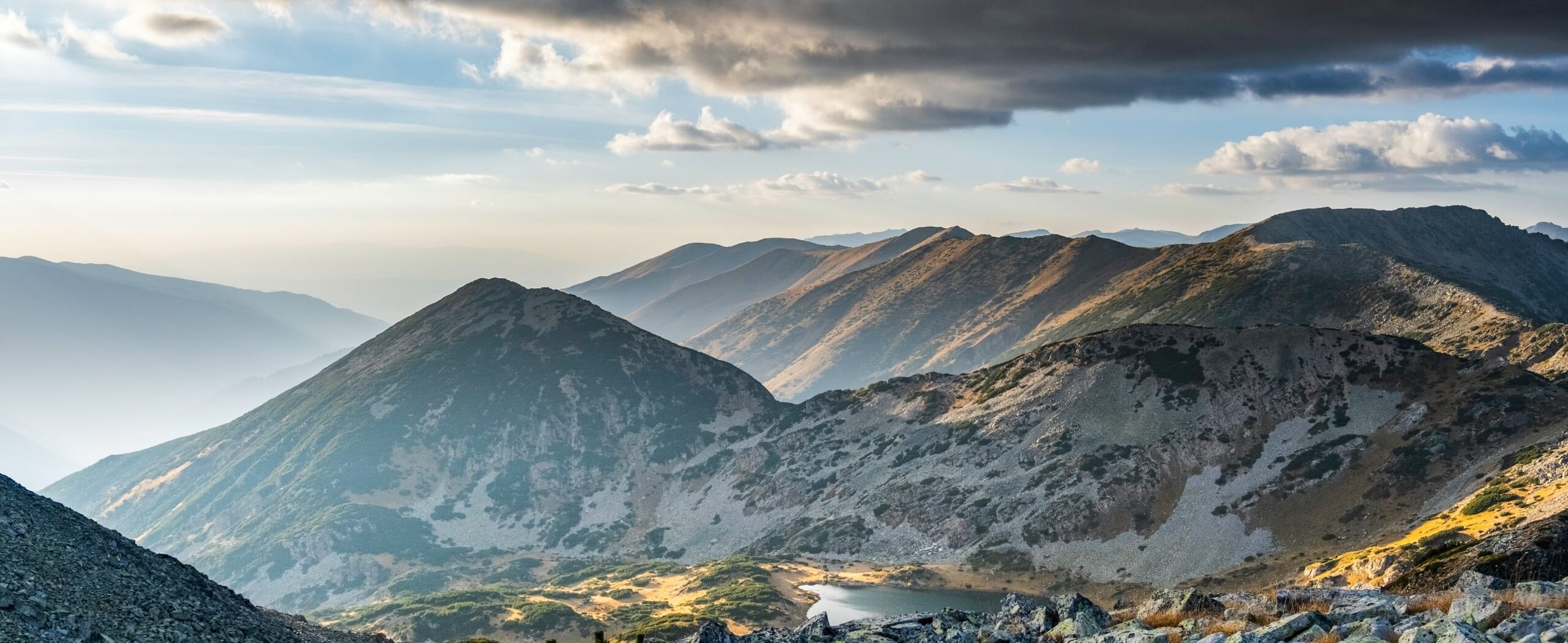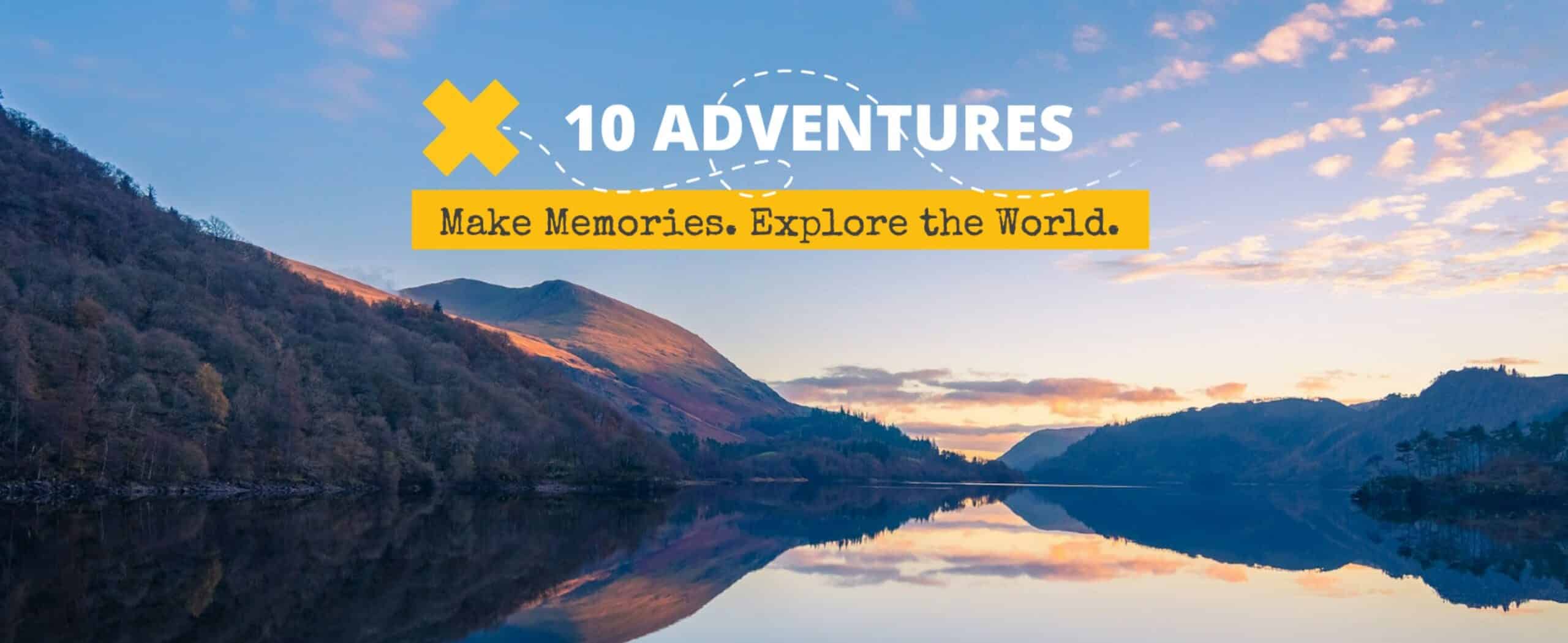Why You Should Get Out The Trails In Winter
Getting outside to explore the trails in winter is a special adventure that everyone should experience. So why don’t more people set out on winter walks, hikes, or snowshoes?
The truth is that many people think of winter as being a time to stay in, watch TV, and enjoy hobbies. However, when emerge from our winter hibernations we find that we’ve lost our fitness and added a layer of fat from a season of inactivity.
Once you get past that hump of inactivity and learn how to enjoy navigating winter trails, you just might discover that winter is your favourite season. There’s even a good chance that you’ll lose weight over the winter if you can get out on the trails all season long!
Once you learn how to dress properly and be prepared for the conditions, the cold will no longer be an issue. You’ll experience incredible tranquility, beautiful panoramas, and run into far fewer people on the trails. You’ll need some special gear in order to get out on the trails in winter, but it is a small price to pay for being able to enjoy the outdoors year-round.
Before you know it, you’ll actually begin to look forward to the winter months! Of course, make sure you read our article on winter safety before you hit the trails.
Options for Exploring Winter Trails
There are three main options when it comes to exploring trails in winter, each with its own positives and negatives: Microspikes, Snowshoes, and Skis. Before you decide to brave the snow and ice, it might be a good idea to determine which option is the right one for you.
In addition to the pros and cons, each option also comes with a different price tag, which is something to consider if you are just starting out. If it is your first time trying an activity, see if any of your family or friends will let you borrow their gear for a test drive. If you are ready to purchase your own gear, make sure to get properly fitted at a local gear shop. Ignore the desire to buy something cheap online, as it’s usually cheap for a reason!
Ok, let’s break down the options:
1. Microspikes
This option is obviously the closest to actual hiking because microspikes are like crampons, only for hiking. The microspikes gets stretched over your boot and give great stability. Our favourite brand is Kahtoola. One pro tip is to round down when looking at sizes, so that the microspike doesn’t move around as much. For example, a medium microspike fits boots that are size men’s 8-11. In reality if you have men’s 10 or smaller we’d recommend a small.
- Just like walking
- Cheapest option
- Great on ice
- Good on packed snow
- Have been known to fall off sometimes
- They suck in powder or wet snow
2. Snowshoes
Snowshoes have been used for winter hiking for thousands of years, so they’re well tested. They help to disperse your body weight across the surface of the snow, which makes navigating the trails in winter considerably easier.
There are a lot more brands of snowshoes than there are microspikes, so the best brand will vary from person to person, and you’ll want to try them on, ideally with the boots you plan to use with them.
- Close to walking
- Great on powder
- Good on packed snow
- Extra element of fun
- Good on narrow paths
- More effort
- A bit awkward at first
3. Skis
There are three varieties of skis each with their own separate pros and cons (another post for another day). You have Cross-Country skis (long and narrow), Light Touring (regular downhill skis with beefed-up cross country ski boots), and Backcountry (also known as Alpine Touring, these are downhill skis, downhill boots with special bindings that allow your foot to pivot). You’ll need to find the right style to match the type of winter trails you are looking to explore.
- Great on powder
- Fast getting down
- Wicked fun
- Good on all snow types, but not ice
- It takes technique and skill
- Most expensive option
- It can be dangerous going downhill, especially in tight spaces
- Bad on ice



Comments